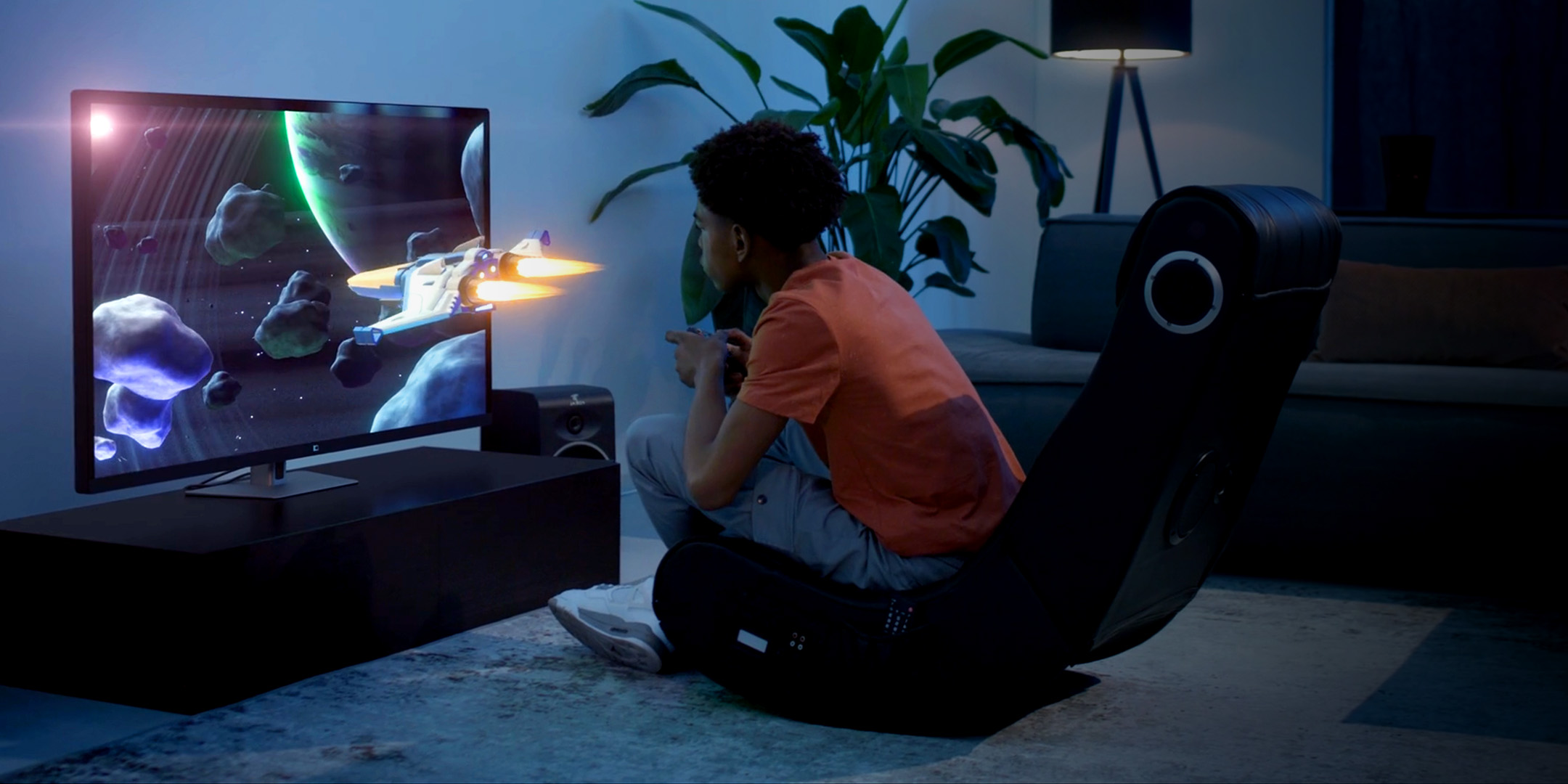Gaming’s Next Dimension: How Immersity is Leveling Up Play with Depth and Emotion

Gaming has always lived at the edge of immersive innovation by blending story, visuals, and interactivity into experiences that transport players into new worlds. But even the most advanced titles still face a major limitation: the two-dimensional screen.
While engines like Unreal and Unity have built stunning, lifelike environments for years, developers continue to work around the same constraint. Tricks like lights, camera movement, and gameplay design help simulate depth, but the experience remains locked behind these two dimensions. Players might feel immersed during a firefight or open-world exploration, but that presence is still manufactured and never truly dimensional.
Overcoming the barriers.
Gamers today expect more. From curved displays to VR headsets, players are seeking out technology that goes beyond high-resolution graphics to create true presence. But many of those solutions come with trade-offs: added hardware, limited accessibility, and a sense of isolation from the world around them.
Immersity is removing those barriers. As a spatial platform, Immersity brings real-time depth, motion, and emotion to the devices players already use. It’s a new layer of immersion, seamlessly integrating into the engines and tools developers already know.
A New Layer of Gaming: Depth, Motion, Emotion
Built for versatility, the Immersity Platform is able to project immersive games, either natively or by combining depth estimation, dynamic parallax, and AI-powered motion cues to enhance visual storytelling in real time. In games, that means environments feel richer, characters more tangible, and action more reactive.
Whether you’re navigating stealth missions, drifting through digital racetracks, or pausing mid-battle to swap weapons, Immersity adds a layer of spatial awareness. Players feel the space and track motion more naturally. They engage more deeply with the moment on the screen.
And this isn’t limited to playing. From architectural walkthroughs to simulation training, immersive depth enhances how we process and respond to visual information. But gaming is where the impact feels immediate – and personal.
Built for Developers. Powered by Immersity.
Devices from Acer, Samsung, and others are already shipping with Immersity-powered displays – but hardware is just part of the story. The platform is built to empower developers as well, with plug-ins and APIs that integrate directly into popular engines like Unity and Unreal.
By enhancing the visual experience at the rendering layer, Immersity lets studios elevate the games they’re already building. No overhaul required – just a new layer of emotion, presence, and dimensional storytelling.
Industry Momentum Toward Immersion
This momentum is not ours alone. At Gamescom 2025, Samsung’s Odyssey lineup made a bold statement: the future of gaming is defined by immersion, from glasses free 3D to OLED brilliance. That same vision drives us at Immersity – creating depth-rich, emotionally engaging experiences where players can step into the scene.
Join Our Newsletter
Stay up to date with the latest news and updates.




